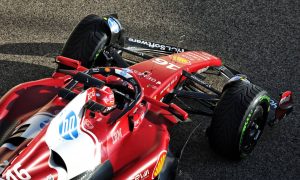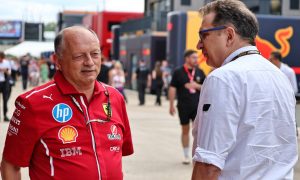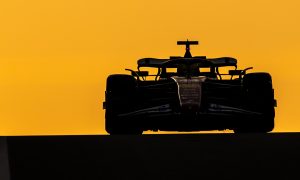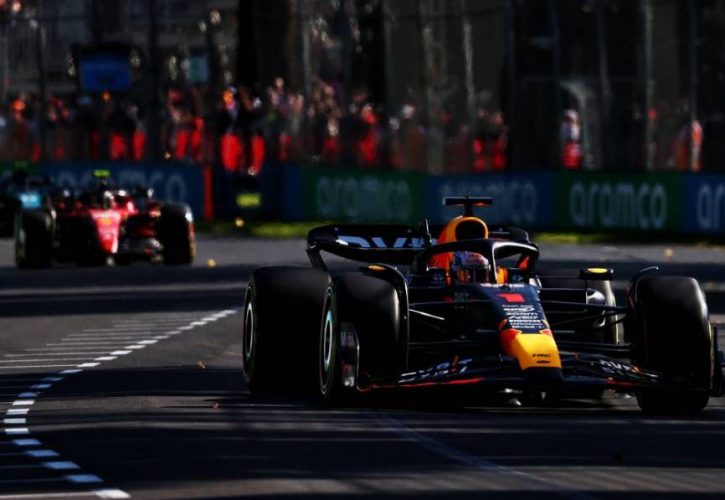
Ferrari boss Frederic Vasseur says Red Bull's unwavering dominance this season proves the very "marginal" impact of the cost cap penalty levied upon the team at the end of last year.
Red Bull's minor overspend in 2021 of F1's mandatory $145 million budget was sanctioned by the FIA last year with a $7 million fine and a 10 per cent reduction of its authorized aerodynamic development hours, a limitation imposed over twelve months and that runs from October of 2022 to October of this tear.
At the time, Horner qualified he team's sporting penalty as "draconian" and likely to cost its cars between 0.25s and half a second a lap.
But Red Bull hit the ground running in Bahrain and has since established itself as the unassailable leader of the field, scoring additional wins in Jeddah and last weekend in Australia.
In a call with the media on Thursday, Vasseur stated that Red Bull's early success proved that the 10% reduction in wind tunnel testing and in CFD hours suffered by the team was "marginal" according to the Frenchman.
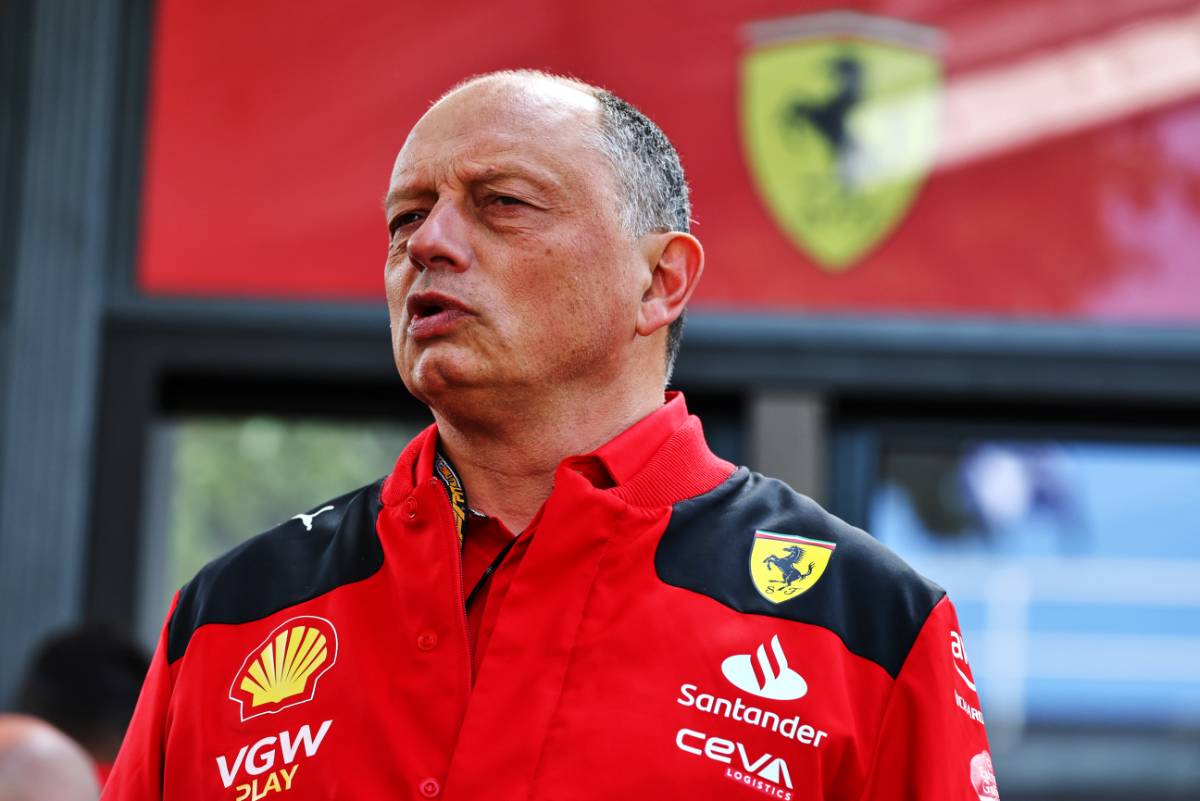
Asked if Red Bull has simply done a good job or if the penalty was too lenient, Vasseur said: "Both! They did a good job. And still I am convinced that the penalty was very light.
"If you consider the rate of development that we have during the season, if you consider the fact that if you have a 10% balance at the end, it's not something linear, you are also putting the performance.
"Then you can spend what you are saving on the wind tunnel, you can spend it somewhere else on the weight saving and so on.
"I'm not sure that the effect is mega. And if you consider that you have an advantage at the beginning of the season because you spent more the year before…
"I don't want to say that they didn't do a good job, because I think honestly that they did a very good job on the car.
"So, I am not trying to find an excuse at all. It’s not this. But if you ask me if the penalty is too light, I say yes."
Red Bull has designed an RB19 package that combines maximum aero efficiency with strong straight-line speed, especially when the DRS is open as Vasseur noted.
"They have a mega big DRS effect, bigger than everybody else," he said. "We have to understand how they're able to do something like this.
"I think it was probably even more obvious last year, but we compensated part of the gap. But we have still to improve on this."
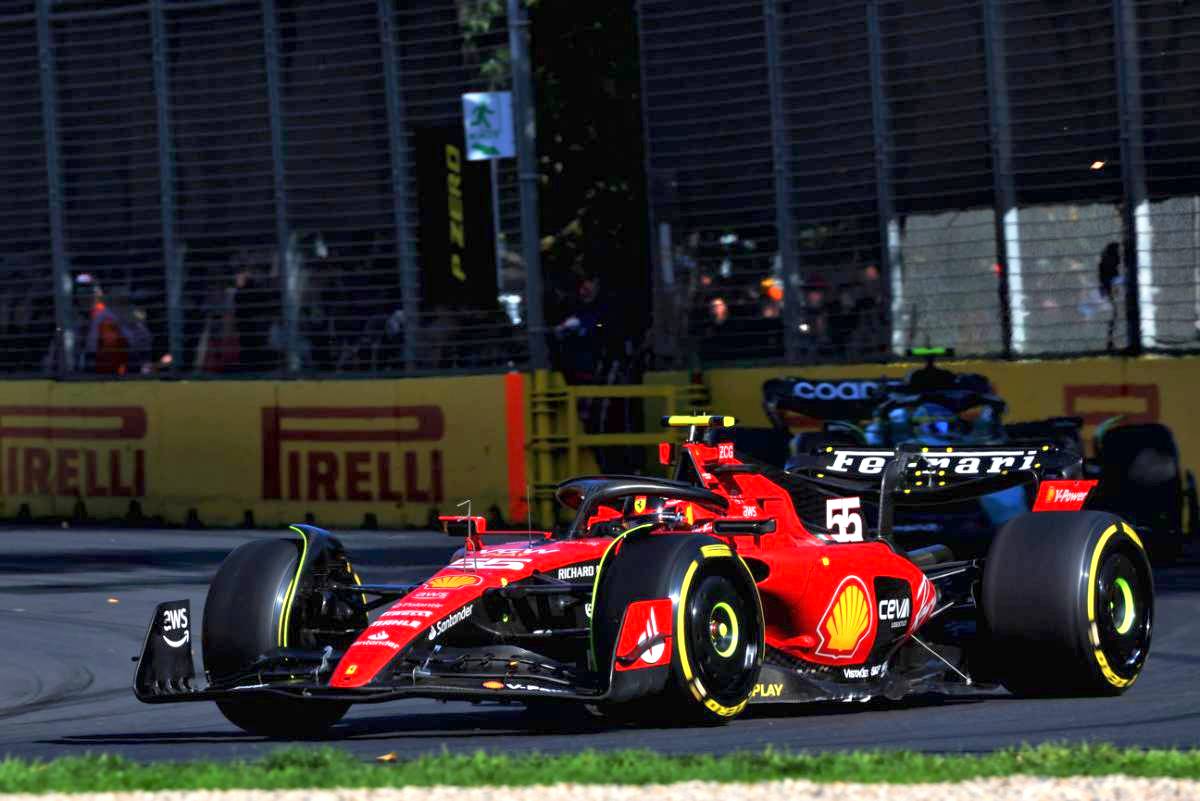
While Ferrari has managed to limit its performance gap to Red Bull in qualifying trim, Vasseur admits that the bulls are in a class of their own on race day, while the Scuderia has struggled with an SF-23 that is tricky to driver.
"Yeah, it's true that on the first three events - and first we need to understand that three events is not the complete panel of the tracks - we always had the feeling that we are not far away and able to fight for the first row with them in qualifying, and it was more difficult in the race," he explained.
"Perhaps at least on the numbers that we are able to analyse, the advantage in the race in Melbourne was much lower, and I think this is also coming from the capacity of the driver, to drive the car at the limit with different levels of fuel, different tyres, and so on.
"If you have a car be too peaky, perhaps you can manage the situation in quali for one lap with new tyres. You know the balance after five sets of soft tyres in quali.
"But all over the race, it's probably a bit more difficult. And we took a little bit different direction over the last couple of weeks."
Keep up to date with all the F1 news via Facebook and Twitter





